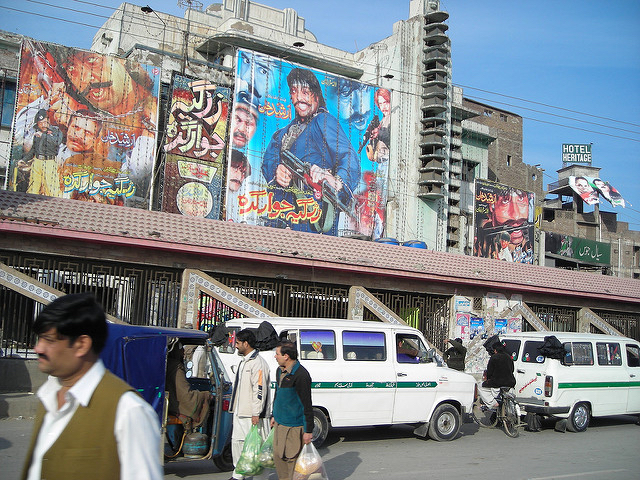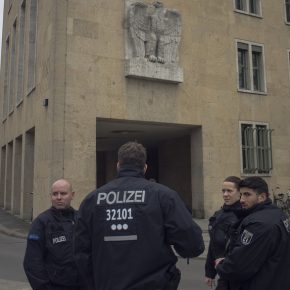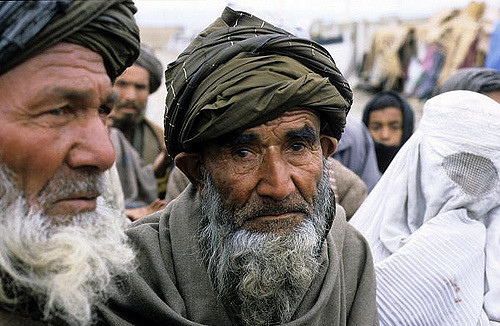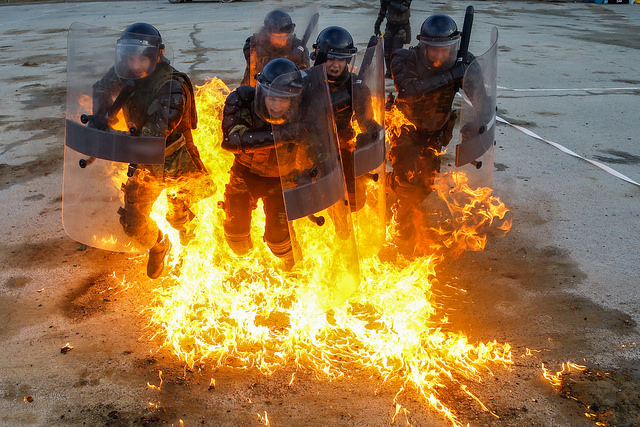The National Action Plan is a crackdown on terrorist groups that was announced by the Pakistani government in January 2015. It was drafted in response to the Peshawar shootings of December 16, 2014, when militants killed 141 people at Army Public School, including 132 children.
The Peshawar shootings were widely condemned, both domestically and internationally. In terms of numbers, they were the deadliest attacks since former Prime Minister Benazir Bhutto’s motorcade was bombed on October 18, 2007 (leading to her death).
The fact that children were killed made the militants involved seem horrendous. As a result, the National Action Plan was passed with unprecedented support across Pakistani society, receiving the backing of major political parties and the military.
The National Action Plan has twenty points, most of which are quite vague. For instance, clause 11 promises a ban on the “glorification of terrorism and terrorist organisations through print and electronic media,” which in reality has meant selective censorship based on a hazy definition of “terrorism.”
The lack of clarity has also means that the Ministry of Interior cannot issue specific instructions about how federal and provincial police forces should targeting propaganda, leading to arbitrary decisions. Further, clauses 9 and 18 deal with persecution and sectarianism, but provide few details about how to achieve this in a country that has been dealing with predatory Sunni nationalism since the late 1960s, and with exceptional strength since the late 1990s.
Clause 3 emphatically commits to ensuring that “no armed militias are allowed to function in the country.” Unfortunately, this is impossible so long as Pakistani Inter-Services Intelligence continues to back sections of the Afghan Taliban and Lashkar-e-Taiba. The clause also ignores that armed gangs have entrenched influence over places like the Karachi neighbourhood of Lyari, and it takes more than a vague resolution (or an ongoing Rangers offensive) to expel them. Meaningless clauses like these mask a rapid expansion of military power with public approval.
Clause 4 authorises the National Counterterrorism Authority (NACTA) to balloon in size and authority. However, since NACTA has been unable to function properly since its establishment in 2009, due to a lack of training and funding, the Pakistani Army has filled the vacuum. In Karachi, the Pakistani Rangers, a paramilitary group linked to the military, have arrested hundreds of people in an ongoing intervention that began in September 2013 (and was basically extended indefinitely in clause 16). A commitment to preventing militancy in Punjab (clause 15) has now evolved into a major counterterrorism operation in the province, following a major suicide blast in central Lahore on March 27.
Importantly, clause 2 has led to the creation of special military tribunals for charges related to terrorism, and clause 1 restored the death penalty in terrorism cases. Pakistan placed a moratorium on the death penalty in 2009, and it was overturned in the National Action Plan. In March 2015, Pakistan went further to authorise the death penalty in all capital cases, and is now a global leader in executions.
Defenders of the National Action Plan argue that it has led to a reduction in attacks, which in regional media, is usually proven by the number of terrorists that have been killed. Critics often push back with a list of recent attacks, such as the suicide bombing in Lahore, and shootings at Bacha Khan University in Peshawar on January 21, to condemn the approach as a failure. The problem with this argument is that it accepts the idea that stopping terrorism was ever the point.
It is difficult to believe that the senior leadership of the Pakistani Army, including Army Chief of Staff General Raheel Sharif, honestly thinks that the National Action Plan will ‘eradicate’ terrorism. Over a decade of war has given the military more than enough reason to believe that heavy-handed repression, through executions and mass arrests, will not solve the problem.
Rather, as continues to be the case with Operation Zarb-e-Azb, the military’s primary objective is to preserve its strength as an institution. This can only be done if it seems like it is doing something about the attacks, whether in the eyes of the civilian public, or those within its own ranks. Ultimately, the National Action Plan is less about ‘action,’ than it is the performance of it. In that sense, it has been enormously successful: General Sharif is the most popular leader in the country.
Photograph courtesy of Khalid Mir. Published under a Creative Commons License.





